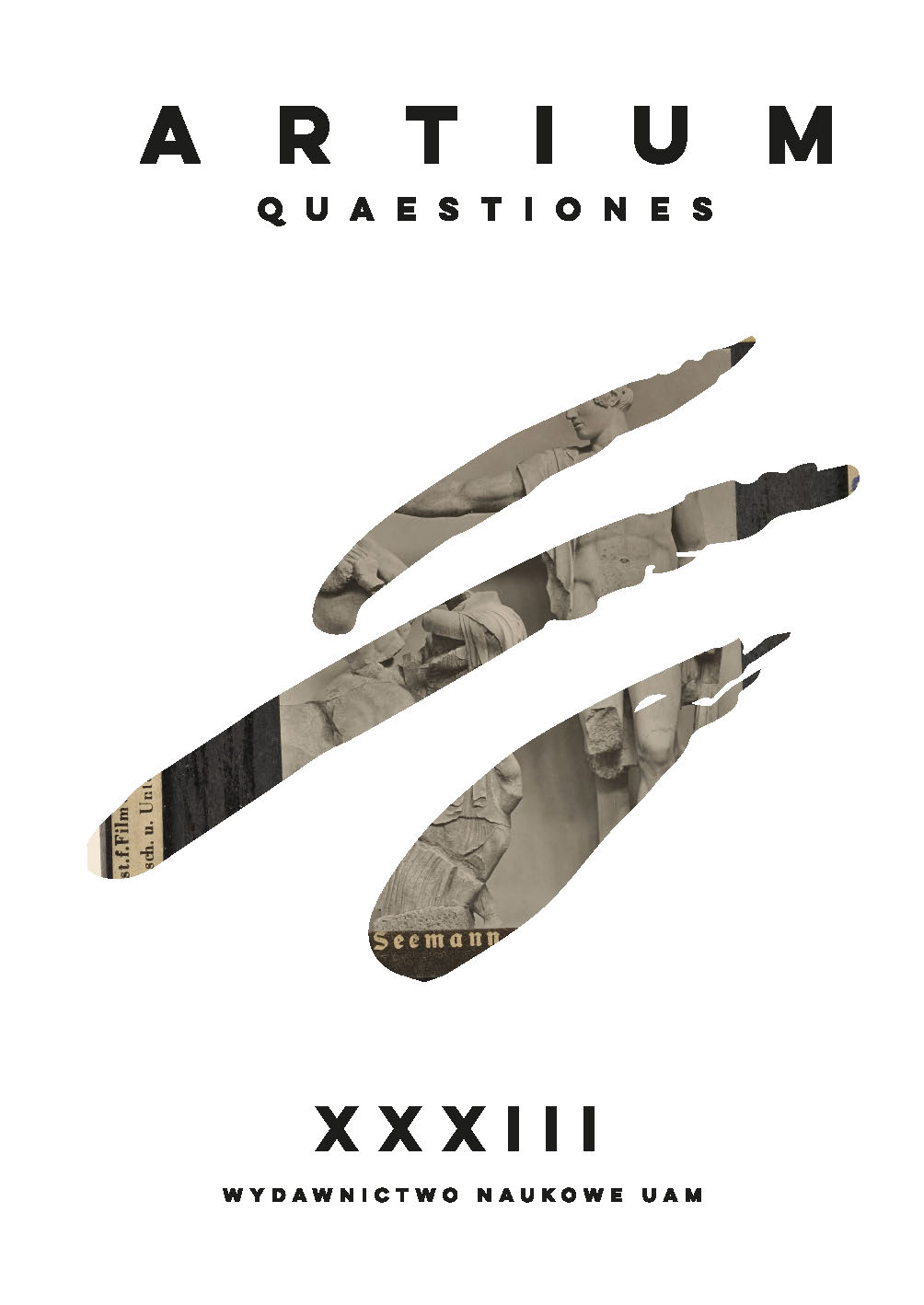Transfiguration: Southworth and Hawes, Reproduced Images and Body
Transfiguration: Southworth and Hawes, Reproduced Images and Body
Author(s): Ellen HandySubject(s): Special Historiographies:
Published by: Uniwersytet Adama Mickiewicza
Keywords: photo-reproduction; Southworth & Hawes; Raphael; Transfiguration; transmedial
Summary/Abstract: The Harrison Horblit Collection at the Harvard University’s Houghton Library contains a remarkable daguerreotype plate by the Boston firm Southworth & Hawes. It reproduces an engraving after Raphael’s Transfiguration. Whereas reproductive printmaking normally seeks to produce multiples of a unique original, daguerreotype reproductions open a space of ambiguity between the categories of original and reproduction since daguerreotypes are unique objects. Much is lost in this translation, but what is gained? If reproduction of paintings normally renders the singular multiple, what happens when a painting is reproduced as a unique image? Why was this daguerreotype created? Southworth & Hawes specialized in portraits of celebrities and considered themselves artists. Why then did they make a daguerreotype of an engraving of a painting? And why this painting?Their image of an image of an image is at once simply duplicative and a meditation on photography itself – an expanded conception of photography that figures it as spiritual and conceptual practice, as is suggested in other conflations of image reproduction and transfiguration within Southworth & Hawes’ oeuvre as well. The logic of the Southworth & Hawes’ Transfiguration becomes less a conundrum when considered in relation to two of their other images, one of the branded hand of abolitionist Jonathan Walker, the other a self-portrait representing Southworth’s torso as a classical sculpture. Translation, transfiguration, body, soul and image are closely imbricated in all three of these daguerreotypes, each produced during the height of New England Transcendentalism. While Raphael’s Transfiguration epitomizes the intersection of the human and a divine being as Scriptural drama, The Branded Hand and Southworth as a Classical Bust allude to the spiritual realm through representation of the soul’s transcendence of the suffering body rather than direct reference to scripture. The Branded Hand detaches subject from the context of the body as a whole; Walker’s wound appears in the image as the silvery trace of the price paid for his abolitionist conviction. The portrait of Southworth separates an individual man’s identity from the more allegorical presence, while presenting suggestions of sorrow as emblems of spiritual elevation. But beyond this, the transmedial daguerreotype of the print of the Raphael announces itself as visual metonymy; the transfiguration of Christ in the painting also conveys the transfigurative power of the photographic medium itself.
Journal: Artium Quaestiones
- Issue Year: 2022
- Issue No: 33
- Page Range: 39-60
- Page Count: 22
- Language: English

